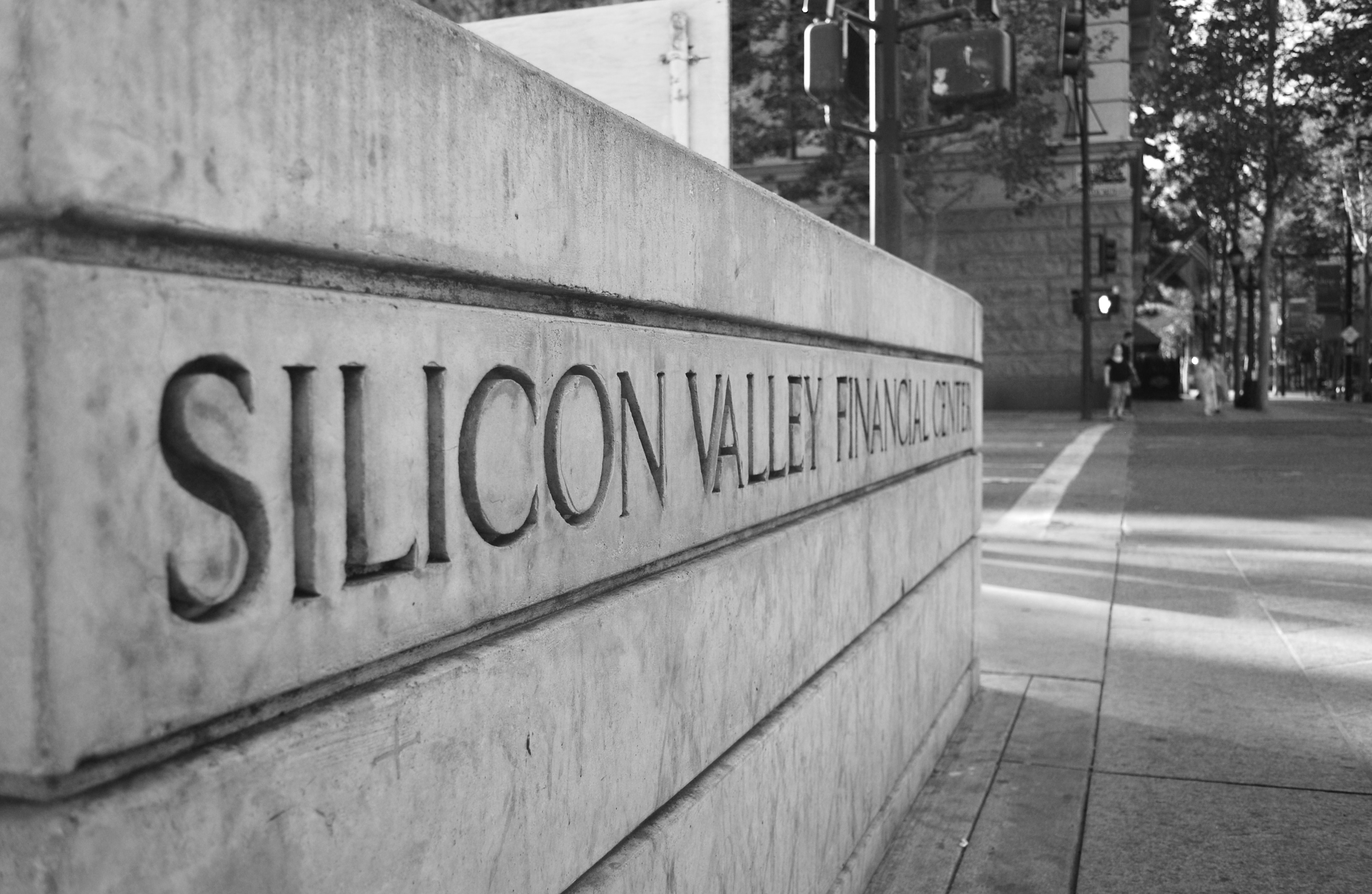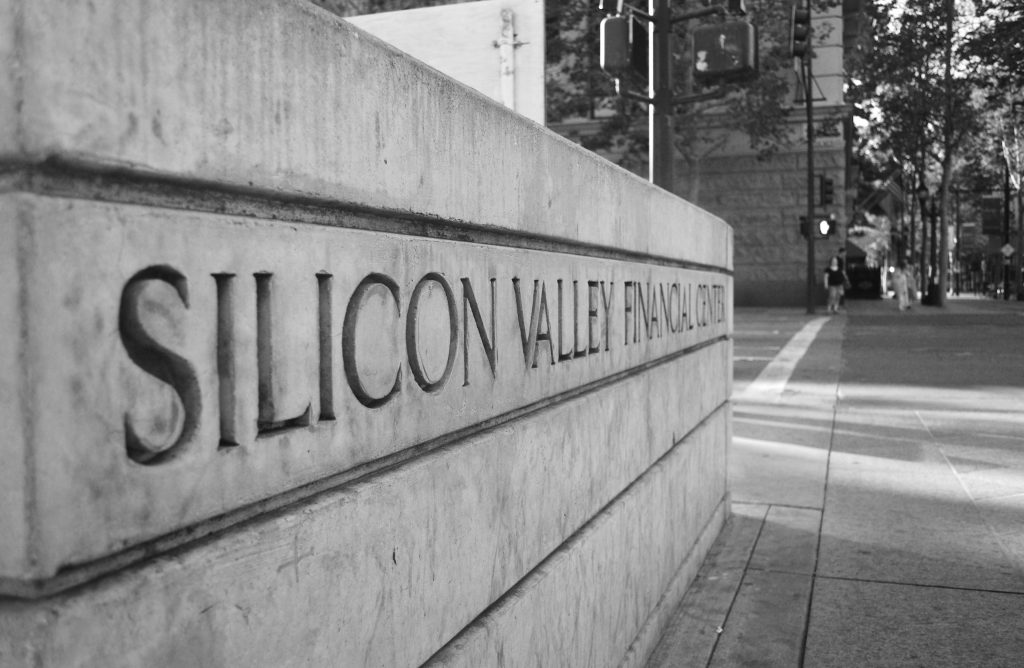
The world is on the cusp of a new industrial revolution, the convergence and synergy of emerging technologies—artificial intelligence, robotics, big data, 3D printing, sensing technology, advanced manufacturing, new materials, biotech—all built on a digital information technology platform, transforming how we work and live. The United States has been on the cutting edge of most of these technologies. But in a world of diffused power and growing competition from such emerging economies as China, can the United States sustain its competitiveness?
Answering that question requires an understanding of the elements that have nurtured and facilitated world-class innovation in the United States. A project carried out by the Atlantic Council on US innovation explored this question with experts and private sector practitioners.
Innovation has been an intrinsic feature of American society. Two of the most prominent tech hubs were spawned through university-led entrepreneurship—Stanford in the case of Silicon Valley, and MIT in the case of Boston-Cambridge. Since the onset of the computer revolution in the 1970s, Silicon Valley—still unrivaled in size and scope of innovation—has been the most prominent hub. But over the past three decades, new tech hubs of varying size and specialties have sprouted up across the US—including places like Austin, Texas; Madison, Wisconsin; Research Triangle Park, North Carolina; Denver/Fort Collins, Colorado; and Atlanta, Georgia.
It is no coincidence that most of the current and emerging tech hubs are located in and around major universities. Concentrations of smart, creative people is a tech-hub precursor. While intellectual capital and risk-taking entrepreneurship (e.g. Bell Labs in Silicon Valley) have been key drivers, in most cases, the government has also played a critical role. From DARPA’s (Defense Advanced Research Project) invention of the internet to the Department of Energy’s research and development (R&D) funding for fracking and renewable energy, government funding for basic and pre-competitive R&D have been part of the secret sauce of US innovation.
But emerging economies, such as China, are seeking to replicate US successes in innovation. China’s spending on R&D has increased some 400 percent over the past decade, now approaching 2.5 percent of its Gross Domestic Product (GDP). The OECD projects China will surpass the US in R&D spending by the end of the decade. China is seeking first-mover advantage in emerging technologies, such as mobile 5G or biotech. There’s increasing worry that it wants to reserve its vast market for Chinese-only tech firms. Were the Chinese to set the standards in new emerging technologies, US and other Western firms would be at a disadvantage.
To sustain US competitiveness, experts and private sector actors all point to the importance of active cooperation between academia, the private sector, and government as an essential catalyst of a culture of innovation.
But both academic and business sector actors echo concerns frequently voiced in recent years that the US has become too complacent, and government dysfunctional, putting our competitiveness at risk. Some point to the decline in the performance of US elementary school students in global test scores and a 20 percent decline in funding for public universities over the past two decades a cause for concern.
Similarly, a current and projected drop in government R&D funding at places like the National Institute of Health (NIH) and other areas of scientific research points to another concern. The large proportion of foreign students in US graduate STEM (Science, Technology, Engineering, and Math) PhD programs and the decline in H1B visas resulting in US-trained scientists returning to their home nations and competing with US students is another issue participants cited. Along with immigration policy, concerns about infrastructure needs not being met are also cited as a risk factor for competitiveness.
One big problem identified was the obstacles faced by start-ups facing the so-called ’valley of death’: the gap between demonstrated proof of concept and commercialization of innovative products and services. These run the gamut from financing at time when IPOs (Initial Public Offering) require capital in the $150 million range to IPR (?) protection and for some difficulties navigating aid for small businesses (and contracting) with federal, state and local government agencies.
Local government, it some analysts point out tends to be more nimble and responsive than the federal government. Cities, in particular, tend to have a key role in growing innovative communities. This is compellingly argued in a new book, The Smartest Places on Earth, by economist Antoine van Agtmael and journalist Fred Bakker. The authors chronicle a renewal of manufacturing in ‘rustbelt’ cities like Akron, Detroit, and Albany resulting from active collaboration between business, academia, and local government.
In these cases, success requires local incentives, ranging from tax credits to access to abandoned buildings or factories, altering local education and vocational institutions to be more congruent with job opportunities, and risk-taking entrepreneurs and creative thinkers. Some variation on this formula could assure the next generation of US innovation remains at the cutting edge of the technology revolution.
Robert A. Manning is Resident Senior Fellow at the Atlantic Council’s Brent Scowcroft Center on International Security.
Image: Silicon Valley Financial Center. Photo credit: Christian Rondeau/Flickr.

